175 Commencements
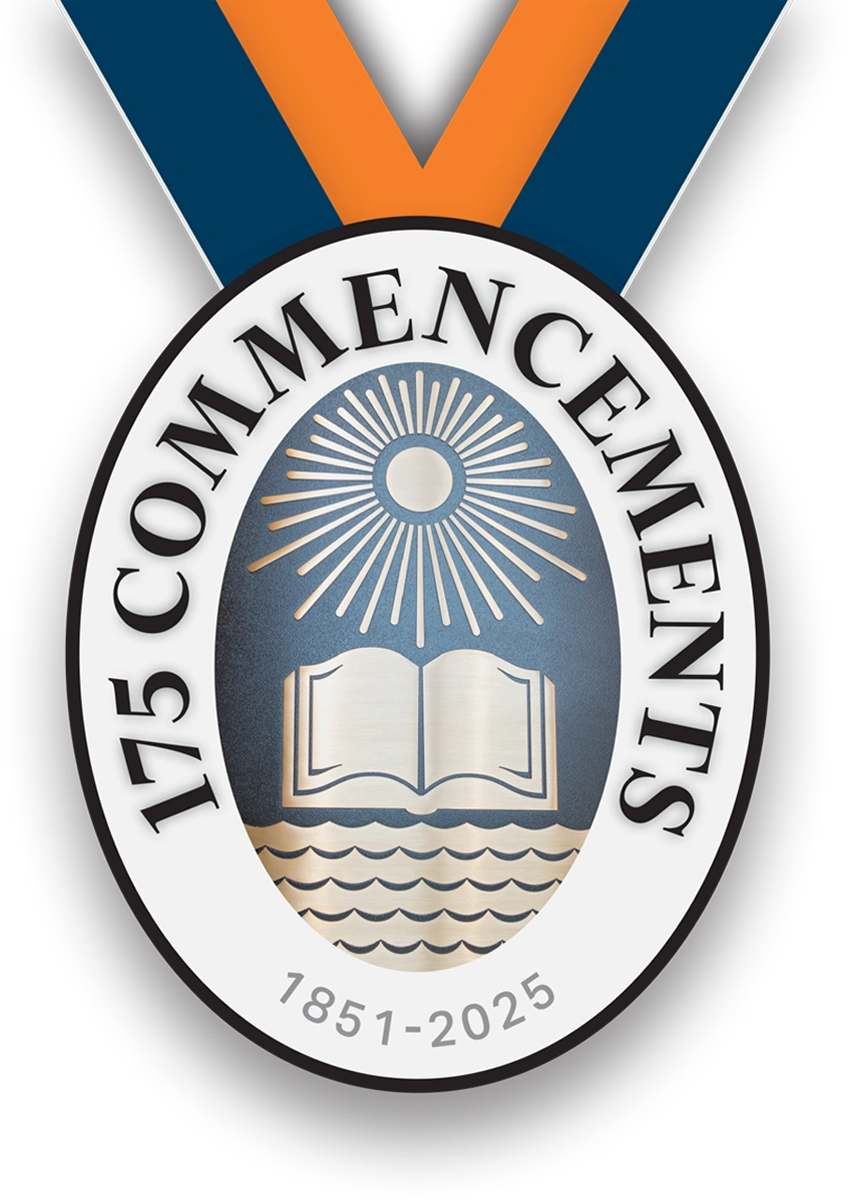
From its modest start with just seven graduates to today’s grand celebration of nearly 900, Commencement is the University’s most anticipated event of the year. As we mark the 175th edition of this tradition, we look back at the milestones that shaped this event — each a testament to Bucknell’s growth and enduring legacy.
photographs: courtesy of Special
An undated photo captures Commencement between 1926 and 1932 (top); the legacy continues in 2024 (bottom).

An undated photo captures Commencement between 1926 and 1932 (top); the legacy continues in 2024 (bottom).
From its modest start with just seven graduates to today’s grand celebration of nearly 900, Commencement is the University’s most anticipated event of the year. As we mark the 175th edition of this tradition, we look back at the milestones that shaped this event — each a testament to Bucknell’s growth and enduring legacy.
by Susan Falciani Maldonado, Eir Danielson and Katie Neitz
photographs: courtesy of Special Collections/University Archives; by James T. Giffen
Origin Story
Dressing the Part

Photo: Courtesy of Special Collections/University Archives
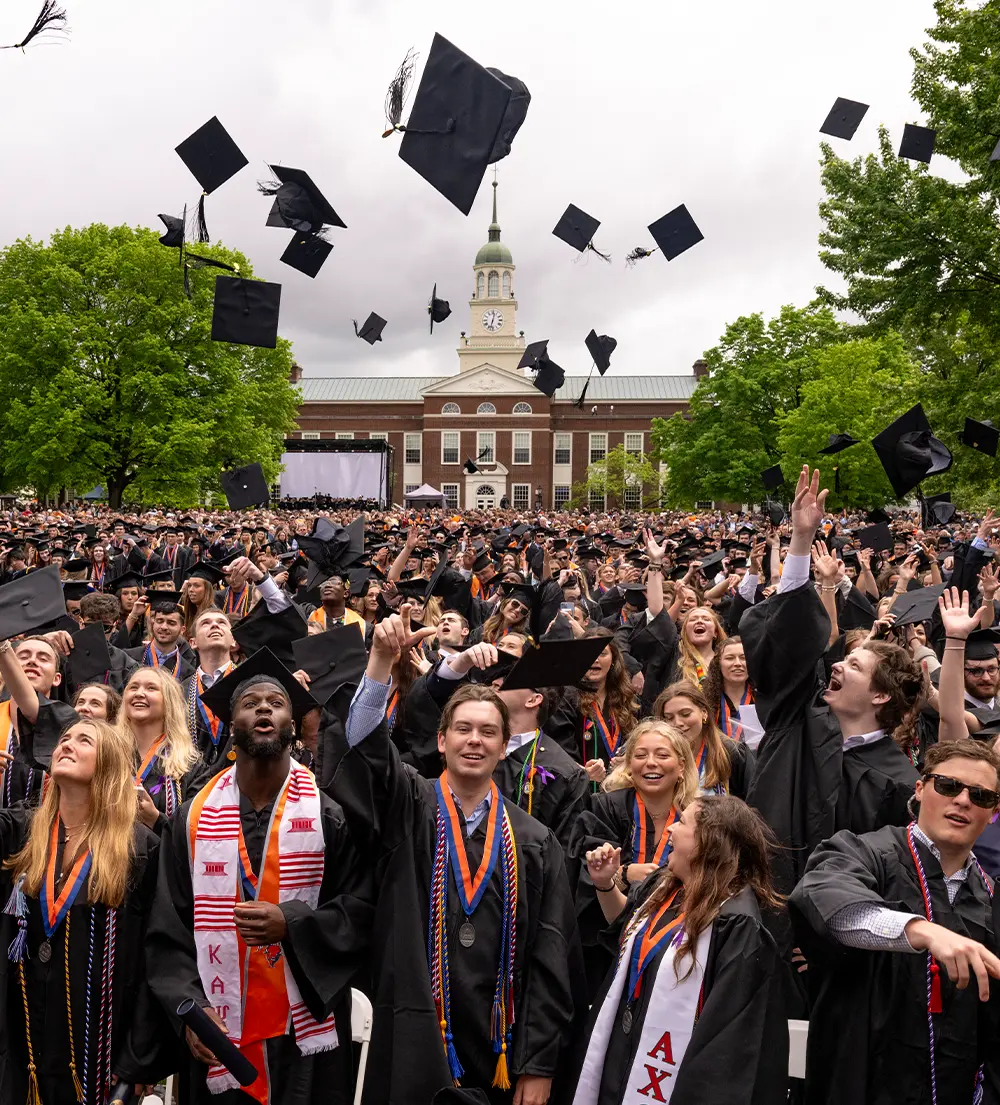
Photo: Emily Paine

Changing Venues
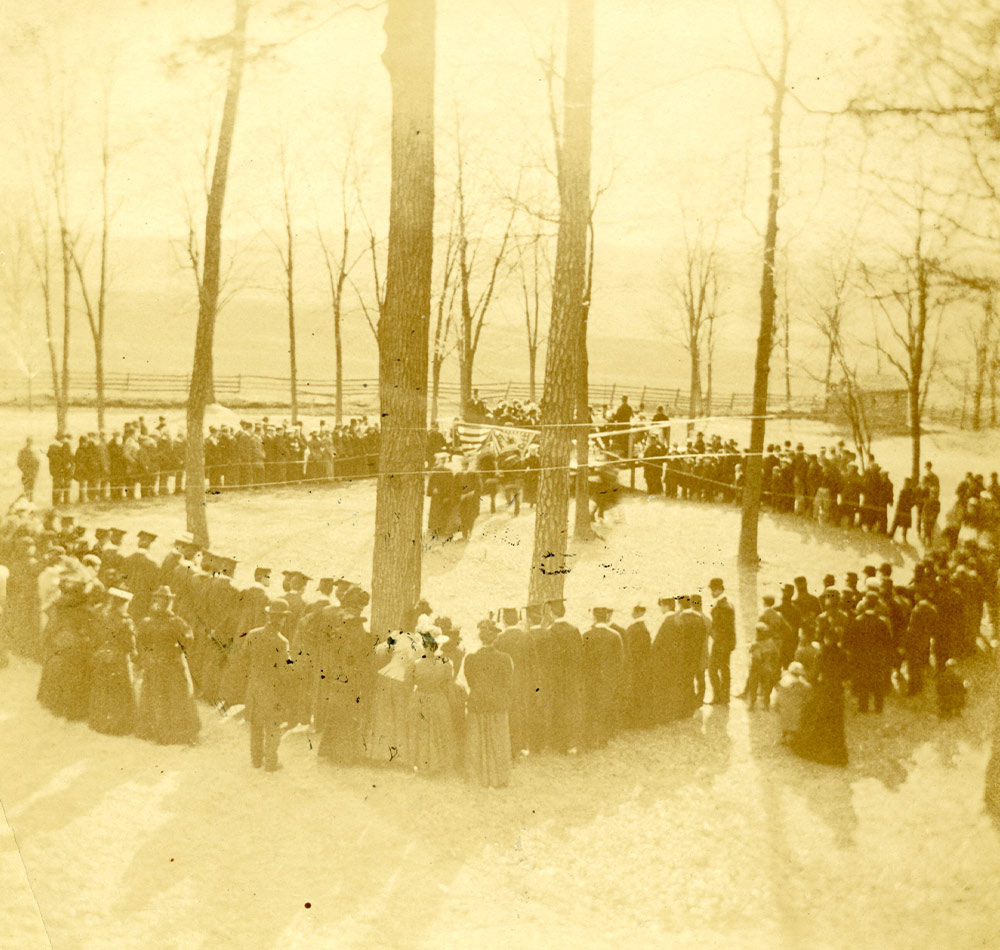
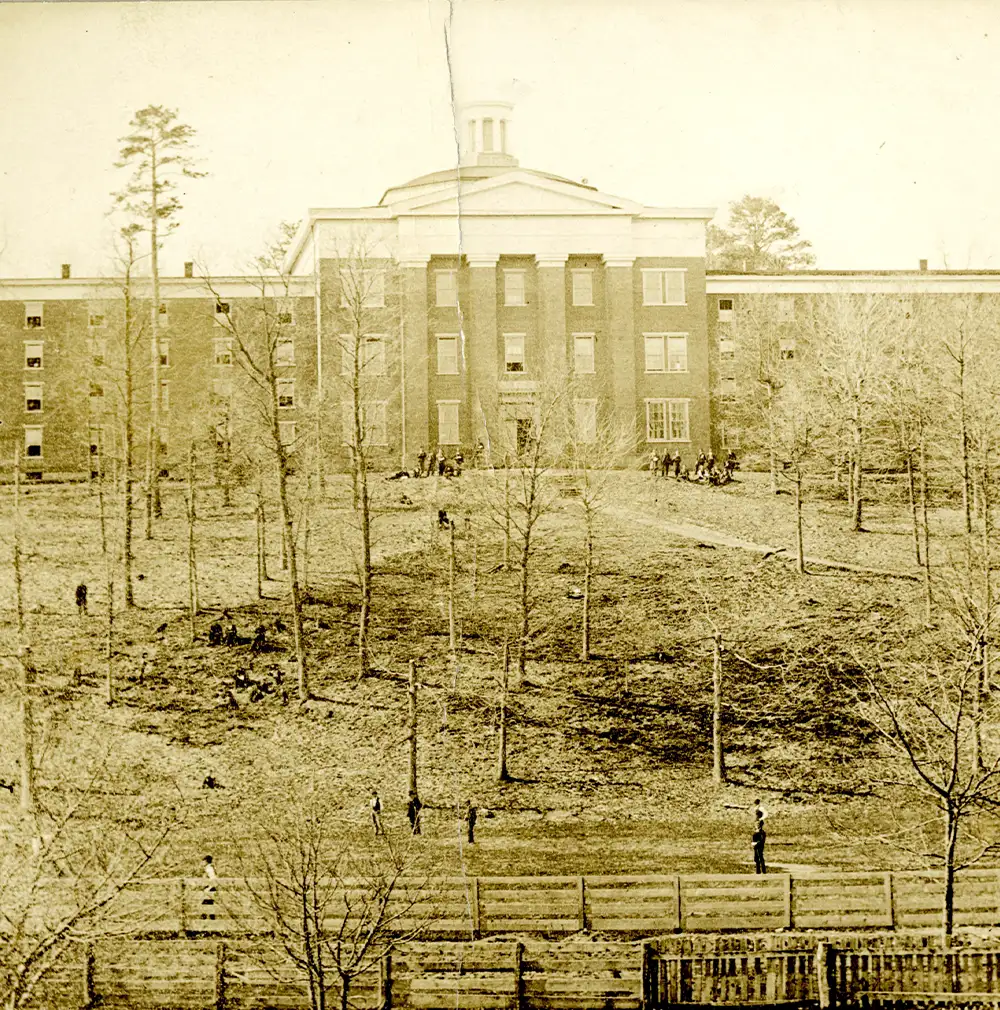
Photo: Courtesy of Special Collections/University Archives
Honoring Luminaries
Honoring Luminaries
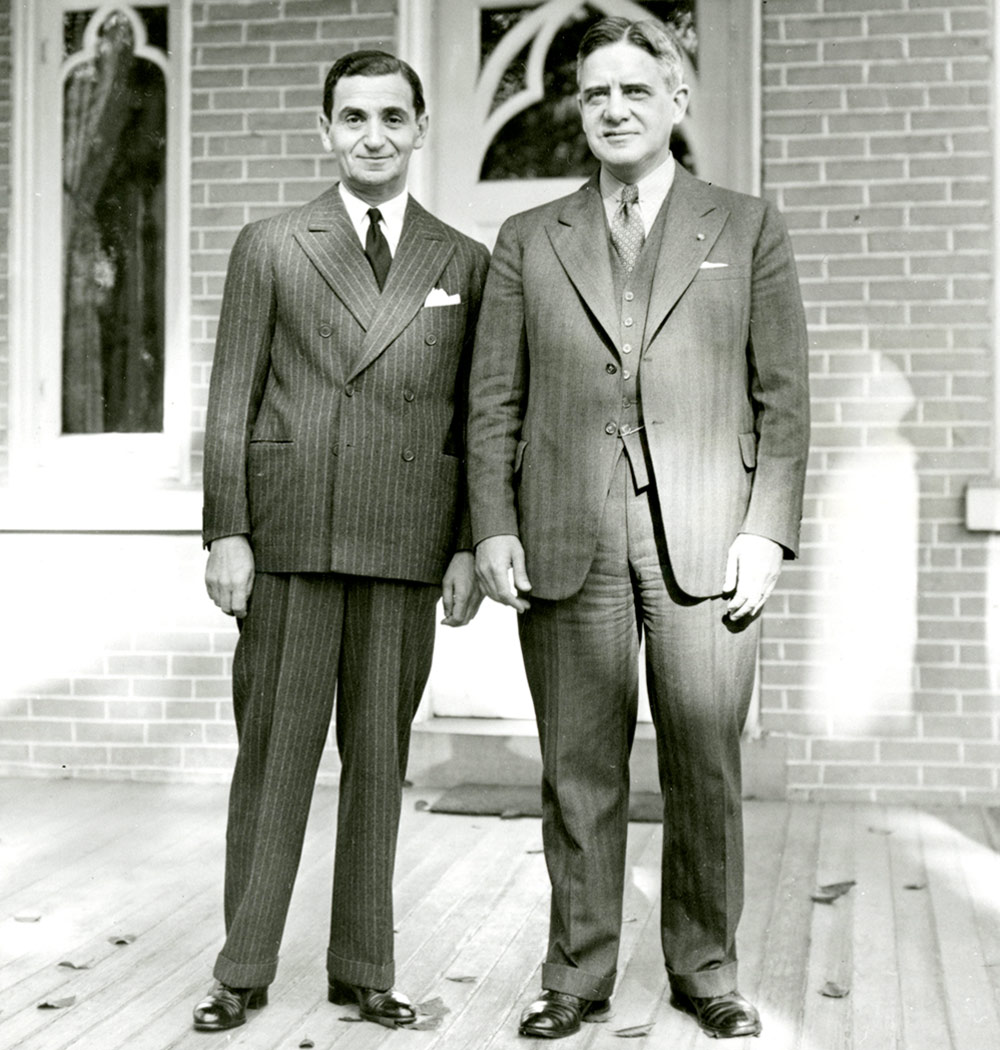
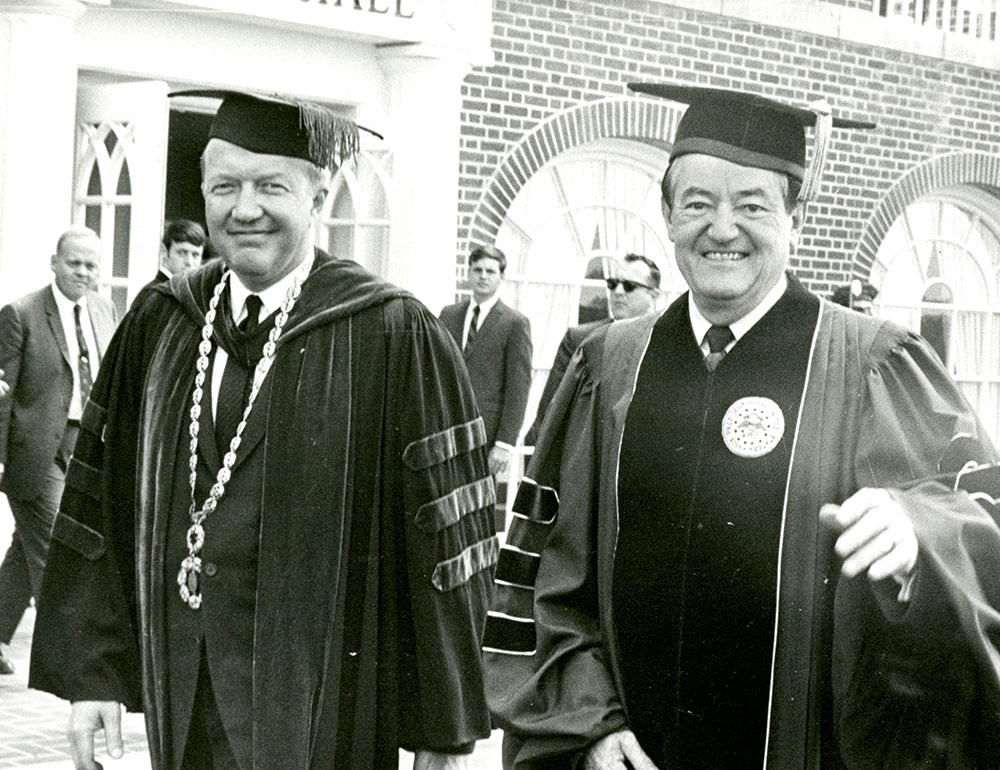
Photo: Courtesy of Special Collections/University Archives
When Duty Called
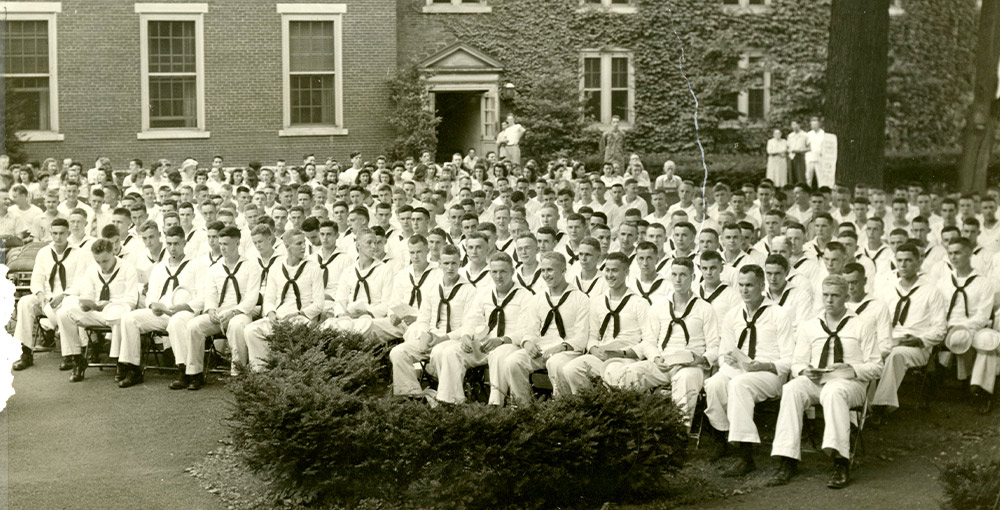
Photo: Courtesy of Special Collections/University Archives
Photo: April Bartholomew

Steps Toward Equality
Women had studied at the University since its founding, but primarily in secondary education programs in the Female Institute, a seminary affiliated with the University. In 1885, Chella Scott became Bucknell’s first female graduate. Scott’s achievement occurred when higher education for women was still a relatively new concept.
In 1875, Edward McKnight Brawley became the first Black student to earn a bachelor’s degree from Bucknell. Brawley went on to become a minister, religious scholar and journalist who served as the president of Selma University and Morris College.
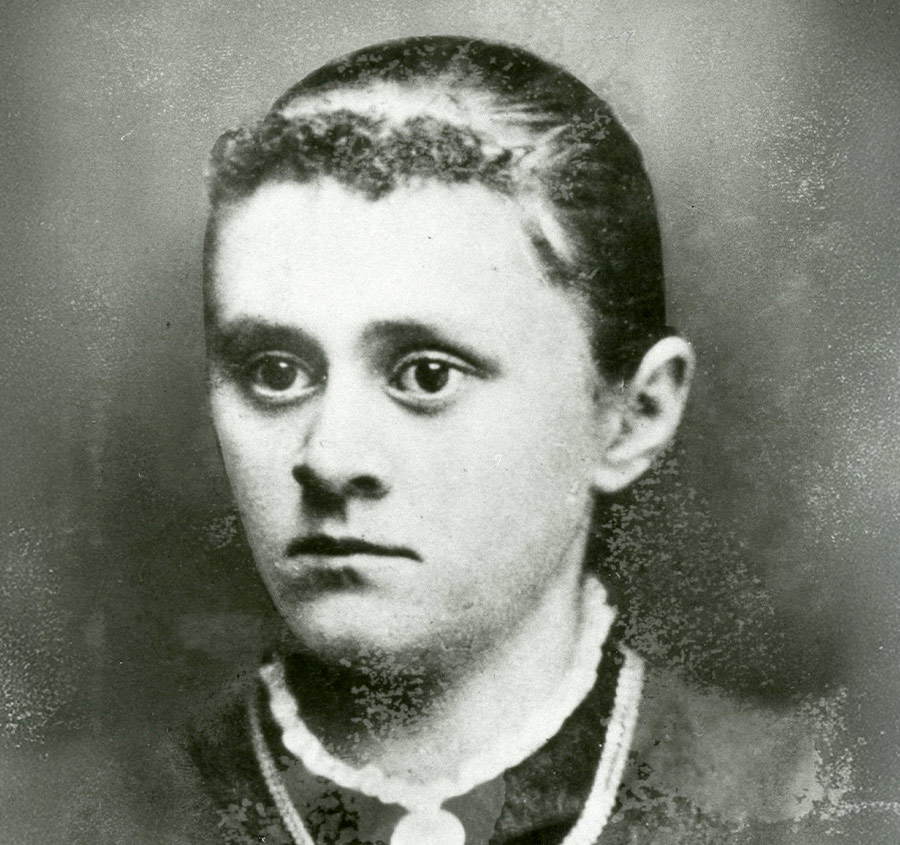
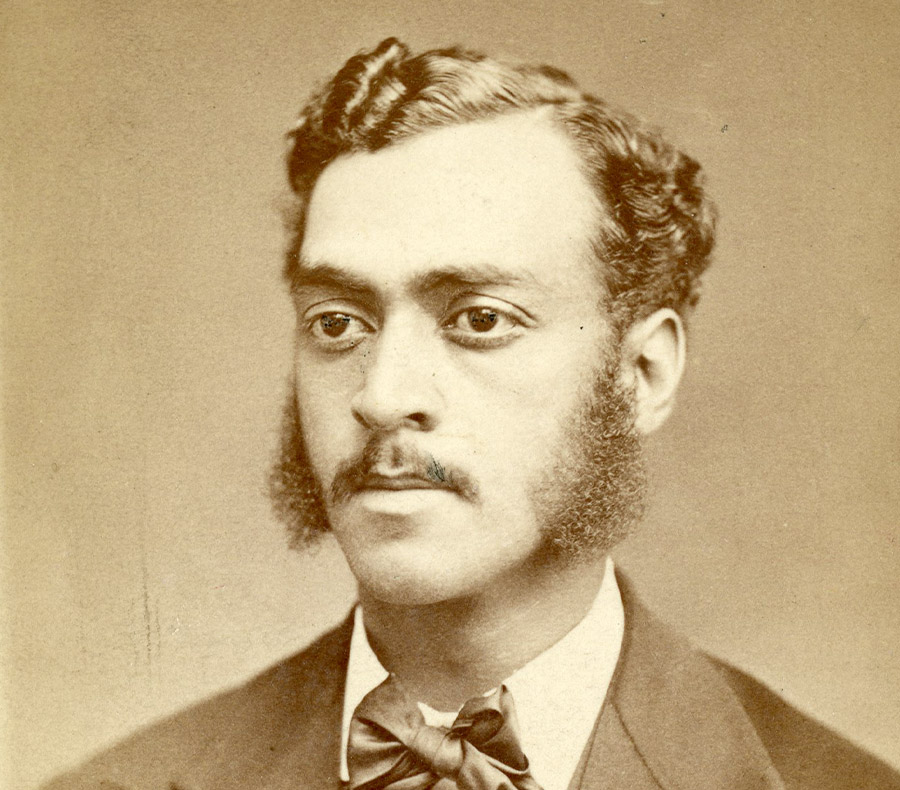
Photo: Courtesy of Special Collections/University Archives

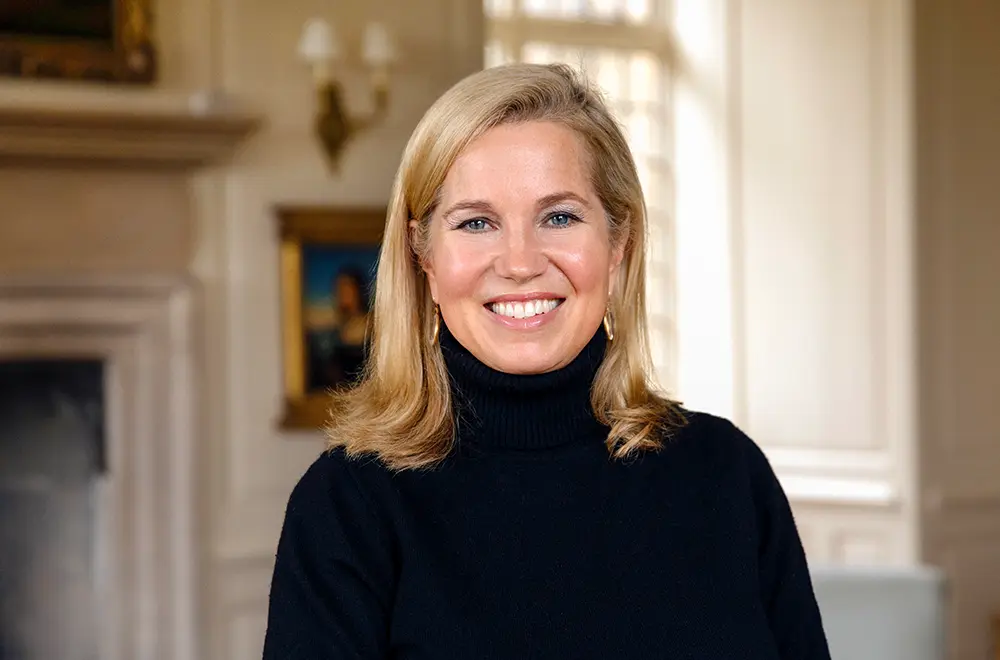
Jessica Livingston ’93 To Address 2025 Graduates
Jessica Livingston ’93, co-founder of Silicon Valley’s renowned startup incubator Y Combinator, will deliver the 175th Commencement address May 18. A leader in entrepreneurship and innovation, Livingston has helped launch over 5,500 startups, including Airbnb, Reddit and Stripe. Livingston, who majored in English, exemplifies how a Bucknell education can lay the foundation for a transformative, world-changing career.
